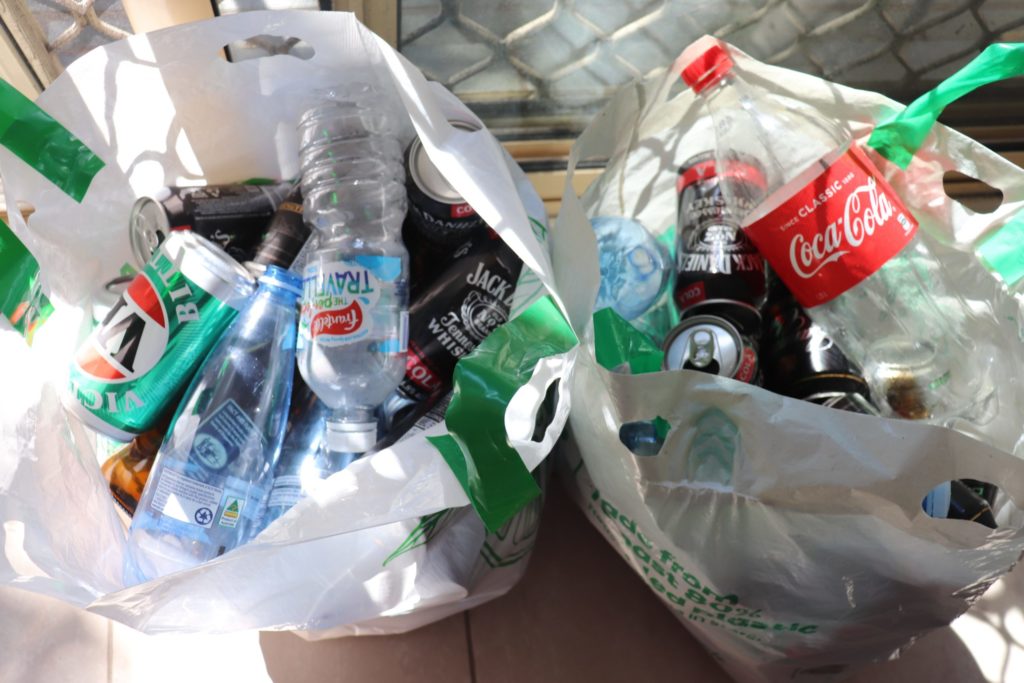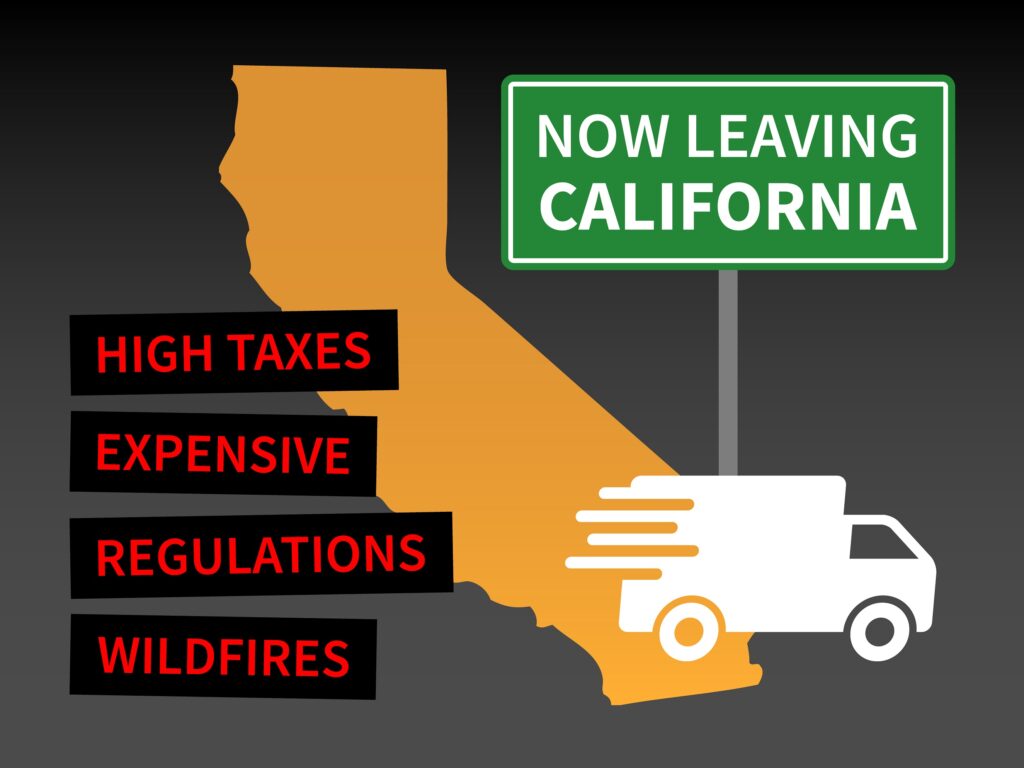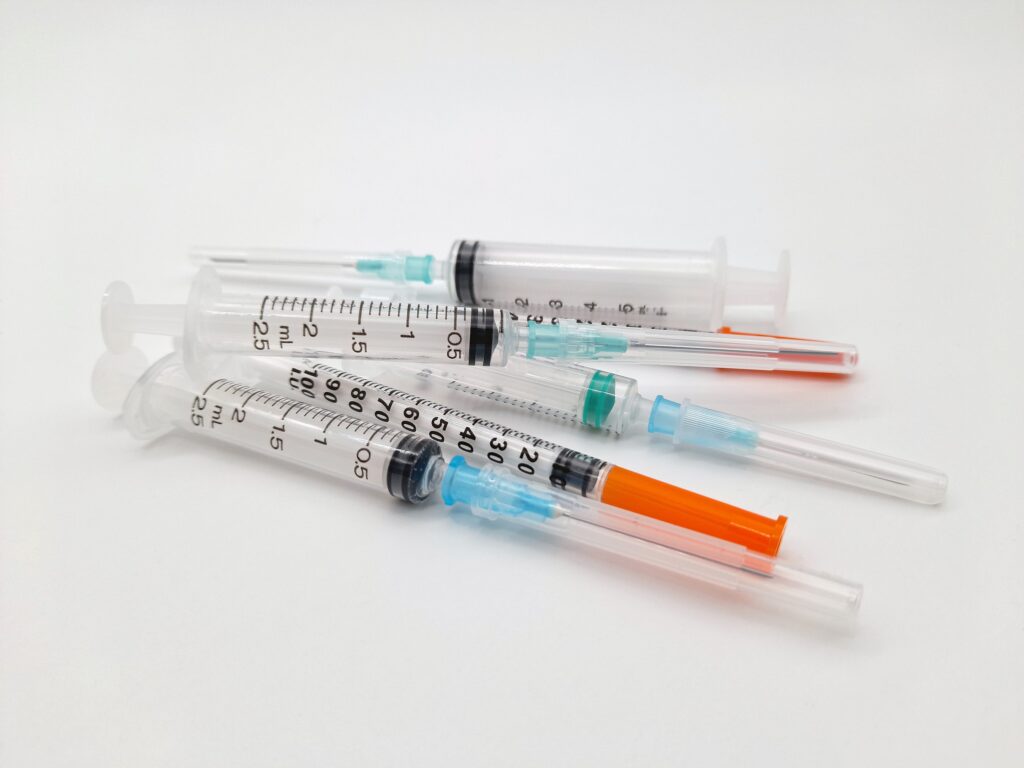Florida’s Insurance Crisis—Brought by Lawyers
Authors
Media Contact
For general and media inquiries and to book our experts, please contact: [email protected]
Introduction
Florida’s homeowners insurance market is in the emergency room on life support. Homeowners and insurance agents across the state struggle to obtain reasonably priced homeowners insurance. In 2022, the average annual premium for a homeowners insurance policy was $4,231, close to three times the U.S. average of $1,544, and nearly twice Florida’s $2,505 average just two years ago. In 2023, premiums are on track to climb even higher. The Florida state legislature held two special sessions in 2022 focused on making insurance more available and affordable. Although the meetings helped raise lawmakers’ awareness of the cause of the crisis and introduced measures to arrest further market deterioration, reasonably priced insurance is expected to remain hard to find in 2023.
Crisis conditions in the Florida insurance market are not new. In 1992, Hurricane Andrew devastated southeast Florida. In addition to insured losses of $27 billion ($57 billion in today’s dollars), the category 5 storm caused seven Florida-domiciled insurers to fail, led national insurers to leave the state and catalyzed the formation of state- backed insurance entities. Figure 1 outlines the progression of hurricane insurance policy response since 1992.
Hurricane Andrew’s destruction was a wake-up call for state regulators to strengthen building codes and a signal for Florida insurers to put adequate reinsurance in place to protect their balance sheets against hurricanes. The Florida legislature also created the state-run Citizens Property Insurance Corp to be the insurer of last resort for Floridians. Citizens filled the hole left by departing insurers, making coverage available to those who could not secure insurance in the private market. What is more, sophisticated risk models were developed to help insurers better understand the risk they were assuming. All these developments enabled insurers to quantify and withstand Florida’s natural catastrophe risk. However, another factor has turned Floridian insurance from a risky but manageable market into a sea of red ink: litigation. This paper sheds light on the causes of Florida’s insurance woes and proposes what must be done to stabilize the market.
Press release: Florida’s homeowners’ insurance market is on life support









